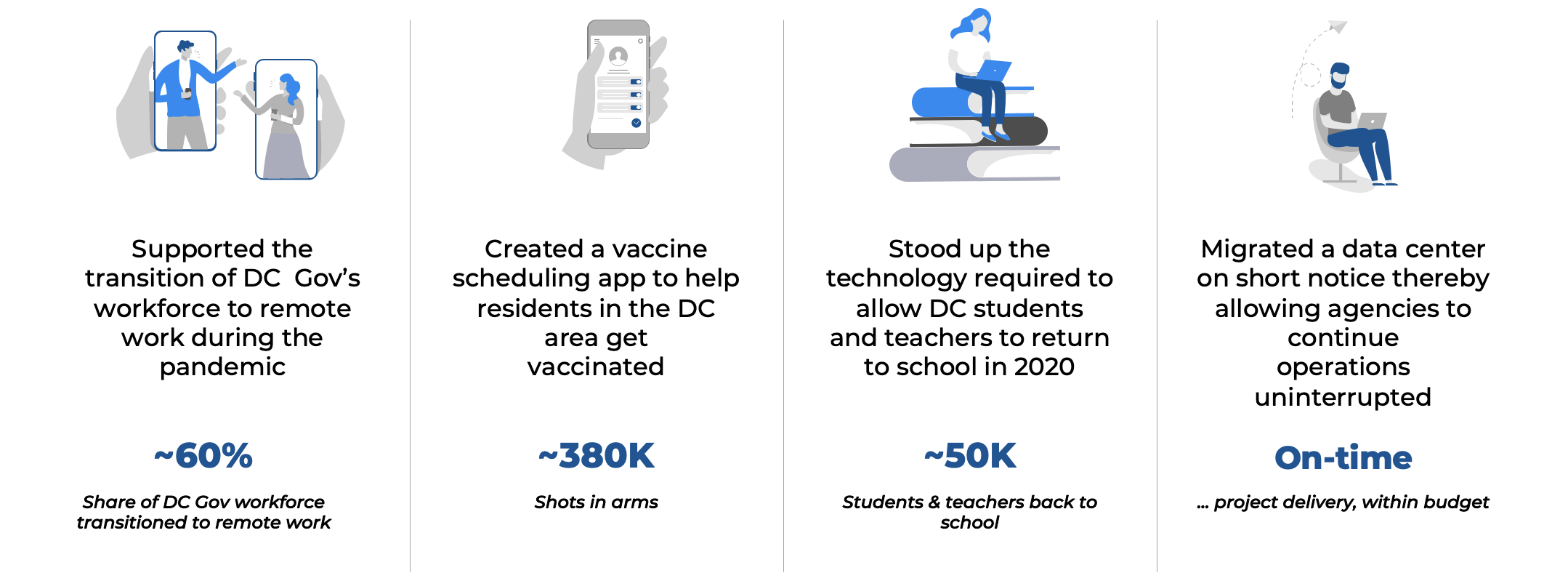Adapting to Remote Work: Navigating the Pandemic Shift

Adapting to Remote Work: Navigating the Pandemic Shift
The global landscape underwent a transformative shift as the pandemic prompted a widespread adoption of remote work. This article explores the implications, challenges, and strategies associated with navigating the remote work paradigm.
The Acceleration of Remote Work Trends
The pandemic acted as a catalyst, accelerating remote work trends that were already gaining momentum. Organizations worldwide swiftly transitioned to remote work models, redefining the traditional office structure and ushering in an era of increased flexibility.
Challenges Faced by Remote Workers
Despite the advantages, remote work comes with its set of challenges. Isolation, difficulty in maintaining work-life balance, and technological barriers are common issues faced by remote workers. Addressing these challenges is crucial for sustaining a healthy and productive remote work environment.
The Impact on Company Culture
The shift to remote work posed challenges to maintaining company culture. The physical distance between team members can lead to a sense of disconnect. Employers must actively cultivate a positive virtual culture through regular communication, virtual team-building activities, and fostering a sense of belonging.
Technology as the Enabler
Technology played a pivotal role in facilitating remote work. Video conferencing tools, project management platforms, and collaborative software became essential enablers of remote collaboration. Embracing and optimizing these technologies are vital for seamless remote work operations.
Flexible Work Arrangements
One significant outcome of the remote work paradigm is the embrace of flexible work arrangements. Organizations recognize the value of offering employees the autonomy to choose when and where they work. Balancing flexibility with the needs of the business becomes a key consideration.
Impacts on Employee Well-being
Remote work has both positive and negative impacts on employee well-being. While flexibility and reduced commuting contribute to improved work-life balance, the blurred boundaries between work and home life can lead to burnout. Prioritizing employee well-being is essential for long-term success.
Overcoming Communication Challenges
Effective communication is paramount in remote work settings. Overcoming communication challenges requires intentional efforts, including regular check-ins, transparent communication channels, and utilizing various communication tools. Clear expectations and guidelines enhance team collaboration.
Navigating the Future of Work
As organizations navigate the future of work, a hybrid model emerges as a potential solution. This approach combines in-person and remote work, offering the benefits of both. Striking the right balance and tailoring the hybrid model to the unique needs of each organization is crucial.
Training and Upskilling for Remote Success
Successful remote work requires more than just technical proficiency. Training and upskilling programs become essential for employees and leaders alike. Building skills related to virtual collaboration, time management, and digital communication enhances remote work effectiveness.
Building a Resilient Remote Work Culture
Cultivating a resilient remote work culture involves a holistic approach. Fostering open communication, prioritizing mental health, and providing resources for professional development contribute to a culture that thrives in the remote work landscape.
Visit The Healthy Consumer for insights, resources, and support in navigating the remote work paradigm. Together, let’s adapt to the changing dynamics of work and build a resilient future.
Remote Work Revolution: Navigating the Pandemic Transition

Remote Work Revolution: Navigating the Pandemic Transition
The global pandemic has triggered a seismic shift in how we approach work, leading to a widespread adoption of remote work. This article explores the nuances of the remote work transition during the pandemic, shedding light on its impact, challenges, and the evolving landscape of the modern workplace.
Remote Work Transition Pandemic: A Comprehensive Guide
For a comprehensive guide on the remote work transition during the pandemic, visit Remote Work Transition Pandemic for valuable insights and resources.
Accelerated Adoption and Digital Transformation:
The onset of the pandemic accelerated the adoption of remote work, prompting organizations worldwide to undergo rapid digital transformations. This section explores how businesses swiftly implemented technologies and tools to facilitate remote collaboration, communication, and workflow management.
Challenges and Adaptation for Employees:
Amid the benefits of remote work, employees faced a myriad of challenges during the transition. From navigating the boundaries between work and personal life to dealing with potential isolation, this section delves into the challenges individuals encountered and how they adapted to the evolving nature of remote work.
Impact on Organizational Culture:
The shift to remote work has a profound impact on organizational culture. Remote teams face unique challenges in fostering collaboration, communication, and maintaining a shared sense of identity. This section discusses how organizations have adapted their culture to accommodate remote work and maintain a cohesive team spirit.
Technological Infrastructure and Cybersecurity:
A successful remote work transition heavily relies on robust technological infrastructure and cybersecurity measures. This paragraph explores the critical role of IT infrastructure, data security, and the challenges organizations faced in ensuring a secure remote working environment for their employees.
Flexible Work Arrangements and Employee Well-being:
Remote work introduced a paradigm shift in traditional work arrangements, emphasizing the importance of flexibility. This section examines how organizations embraced flexible work schedules, remote-friendly policies, and the impact of these changes on employee well-being and work-life balance.
Training and Skill Development:
As remote work became the new normal, employees required new skill sets and competencies. Organizations invested in training programs to equip their workforce with the necessary skills for effective remote collaboration, communication, and digital literacy.
Hybrid Work Models and Future Predictions:
The evolving landscape of remote work includes the emergence of hybrid work models. This section discusses how organizations are considering a blend of remote and in-office work, offering flexibility while maintaining elements of in-person collaboration. Predictions about the future of remote work are also explored.
Employee Engagement and Team Building:
Maintaining employee engagement and fostering team building in a remote environment pose unique challenges. This paragraph delves into the strategies organizations adopted to keep teams connected, motivated, and engaged, despite physical distance.
The Role of Leadership in Remote Work Success:
Leadership plays a crucial role in the success of remote work initiatives. This section examines how effective leadership strategies, clear communication, and a focus on employee well-being contribute to a thriving remote work environment.
Conclusion:
The remote work revolution sparked by the pandemic has reshaped the way we approach work, influencing organizational structures, culture, and the employee experience. As we navigate this transformative period, understanding the challenges, embracing technological advancements, and prioritizing employee well-being are crucial elements for the continued success of remote work. The journey toward a more flexible and adaptive work landscape continues, with organizations and individuals alike finding innovative ways to thrive in the remote work revolution.





